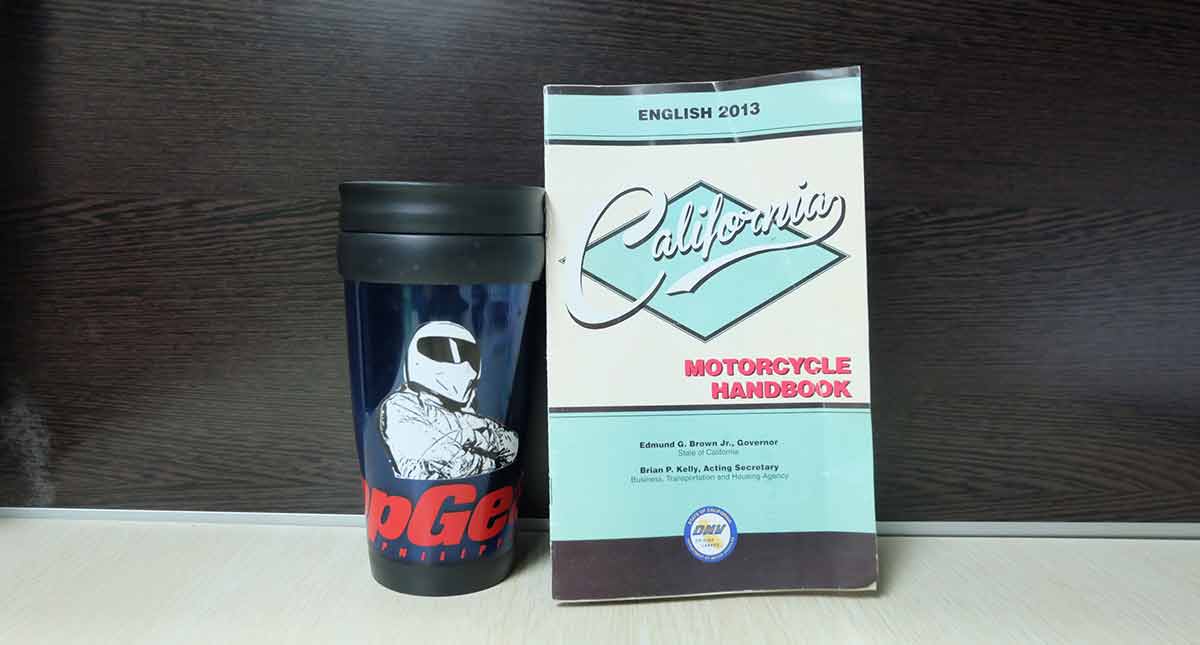How long have you been riding a motorbike?
Many people think that riding skills are best acquired and developed through saddle time and practical experience. To some extent, this may be true. But in reality, mastering the art of motorcycling requires more than just riding: The learning process must continue past the novice stage, well into the point when your peers already refer to you as a seasoned rider. This is because change is constant in the world of two-wheelers.
Developments in motorcycle design and technology as well as in traffic laws, environmental concerns, and even infrastructure necessitate a change in the way we ride—which means we need to be updated on all these things to be able to keep up with the times and to improve the dismal road-safety record in our country.
To be honest, I’m not a big fan of the American way, but in this aspect, the Americans have made quite an impression on me—especially after I first encountered a motorcycle handbook from the United States.
Thanks to our good friend, Johnny Angeles of the Automobile Association Philippines (AAP), we were able to get a copy of the California Motorcycle Handbook (CMH) distributed by the US Department of Motor Vehicles (DMV) and the state of California. Angeles, now 94, keeps a collection of these handbooks from his travels to the States. He doesn’t even ride bikes.
We’ve discovered 10 important things after going through the 38-page booklet, and we think it’s necessary to share them with our fellow Pinoy riders to instill discipline in ourselves and lessen the number of accidents on the road.
To my fellow riders, please read and digest:
- Produced as simple but very legible newsprint copies, the CMH is available free of charge at any DMV office in California. Doing away with glossy pages and colorful graphics lowers the production cost.
- The CMH comes in different languages, including Filipino.
- The traffic laws and regulations cited in the CMH follow the full and exact language in the California Vehicle Code, which is published on the DMV California website.
- Since the CMH is regularly updated, the latest road and traffic rules are included in each edition.
- The handbook provides guidelines on basic safe riding techniques—body position, gear shifting, braking, lane positioning, safe passing, and even proper lane splitting—to refresh the knowledge of riders.
- It also teaches riders simple yet useful troubleshooting tips like engine seizure, bike wobble, tire failure, throttle problems, and chain malfunctions.
- The CMH gives pointers for the motorcycle skills test. Have you heard of exercises called ‘Serpentine Ride,’ Circle Ride,’ ’Slow Ride,’ and ‘Gear Shift Ride’? For sure, there’s a big difference between the skills test in the US and the one given by the LTO, which requires applicants to merely go around in circles three times.
- Unlike here in the Philippines, where a traffic enforcer prepares the incident report after a road accident, the CMH gives motorcycle operators some guidelines on how to prepare a report, which must then be submitted within 10 days to the DMV.
- Important facts on motorcycle insurance are also available. In the US, all motorbikes are covered by insurance, whether they’re owned or rented units.
- It is clearly stated that when a motorcycle rider evades arrest or a traffic enforcer, he faces a penalty of $2,000 to $10,000 (P102,190 to P510,950) and imprisonment ranging from a year (county jail) up to seven years (state prison). It’s a simple reminder not to screw things up with the authorities.
Now we ask: Will we ever get to see the day when our very own Department of Transportation (DOTr) and Land Transportation Office already have handbooks for our country’s 18 million riders?


